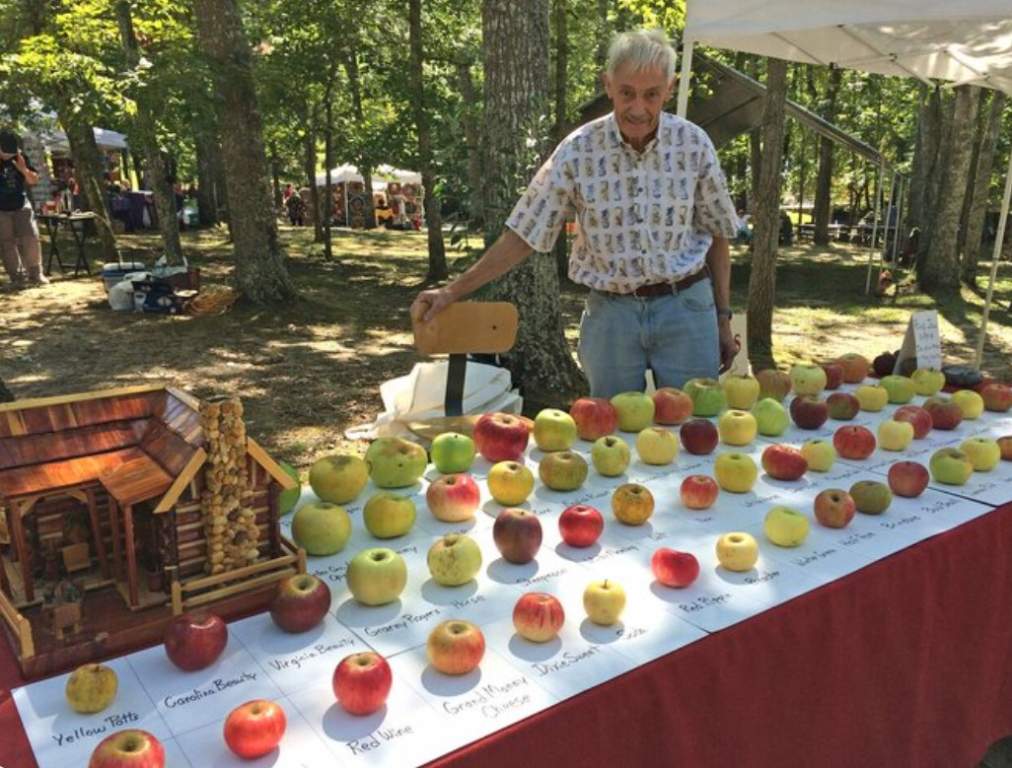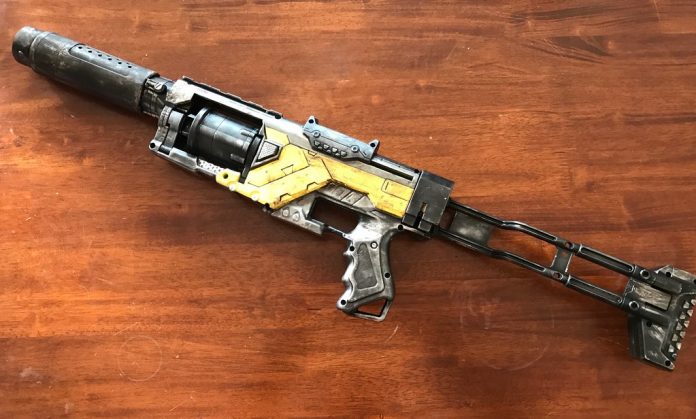Have you always wanted to go bow hunting but aren’t sure where to begin? Don’t worry if you’ve never gone bowhunting before; everybody has to start somewhere. Keep in mind that bow hunting is also much simpler to master than most people realize.
The trick is getting the right tools in place before you go so you can work on mastering the basics during your first few trips. You’ll also need to take your time to learn basic safety measures and the types of large and small game you can hunt with a bow. Most people choose deer, moose, and pheasants to start filling their freezers with meat they can eat throughout the year.
Keep reading this guide to learn more about the six items you need for bow hunting.

1. Choose a Bow
If you already have a bow that you’ve been practicing with, it’s fine to stick with it. If not, then your first step should be choosing a bow that works for you. If you’ve used a basic bow in the past and know it well, it will be easier to stick with something basic vs. a newer model.
If you don’t have a bow, then you’ll need to make some decisions. You’ll first need to look at the size and design you want your bow to have. Compound bows are the most common and easiest to shoot. They’re designed to reduce the strain on your shoulder while you’re drawing back to shoot. This makes it easier to draw back and hold the bow for a few minutes while you shift positions to hit your target.
On the other hand, longbows and recurves use older technology and don’t allow you to hold your draw for as long as a compound bow does. However, these bows are designed for a quick draw and release, making them perfect for large animals like deer.
It’s best to do your research on the different bows available. The bow manufacturers from Legend Archery say you should look for bows, bow kits, and cases and get a better picture of the different types to choose from. Take your time to read the descriptions before deciding on a bow.
2. Buy Arrows
Once you buy a hunting bow, your next step is picking your arrows. You’ll first need to determine your draw length by standing with your back against the wall and stretching your arms out.
Next, measure the distance from the end of one middle finger to the end of your other middle finger. The draw length is basically the length of both your arms, chest, and hands. Once you get this measurement, you’ll subtract 15 and divide by two.
This process can be complicated if you’ve never done it before, so if you need help, try finding a local archery store to help you with this step in the process. You can also look at arrow manufacturer websites for a size chart of different bows or YouTube videos.

3. Consider Buying Bowheads
Arrows have tips known as practice points, which are used for target shooting and other practice. There are also other types of points you can use, like:
-
Combo points are best for foam targets
-
Field tips are best for small game and target practice
-
Pin points are used in competitive archery competitions
-
Bullet tips are used for practicing archery
Broadheads have razor-sharp blades that are good for game hunting. They’re considered more ethical since their sharpness cuts through an animal’s hide quickly. You can find many different types of broadheads for your bow, so it’s best to ask an archery expert for advice.
You should change your tips to broadheads during hunting season to ensure you’re ready to go. If you begin bow hunting during hunting season, be sure to talk to local experts and research the rules and regulations so you’ll know what to expect.
4. Buy Camouflage Clothing
Having camouflaged clothing for bow hunting is necessary. Remember, you can’t stick out like a sore thumb while you’re hunting. Camouflage clothing helps you remain unseen by any game that comes near you.
It may seem overwhelming at first to figure out the best type of clothing to buy, but the professionals at a local sporting goods or archery store can help you. Since you’ll be active and sweating in wet, chilly weather, you should dress in layers to protect yourself from the elements. Doing this allows you to add or remove layers to adjust to the temperature and stay comfortable. When you’re buying your camouflage clothing, you should also look for a backpack or shoulder pack to carry your gear in.







